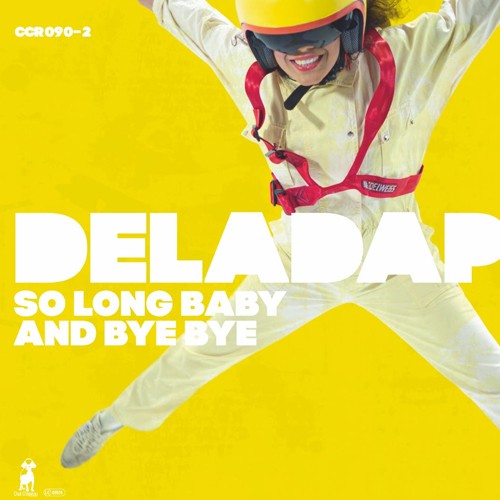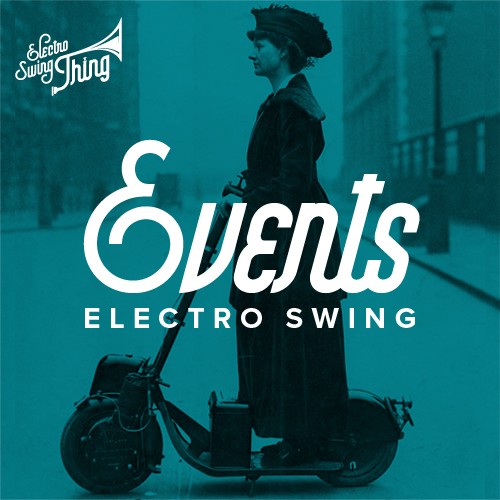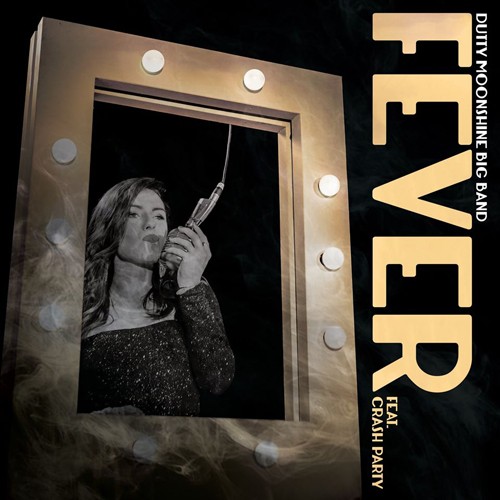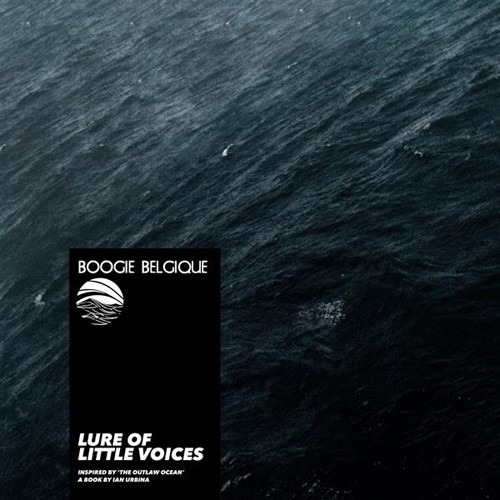Electro Swing Music Theory – Playing With Time
By Chris Swinglis
From a music theory perspective, electronic dance music as a whole tends to be rather dull. It’s unfortunately true that the various subcategories of the EDM genre – house, drum ’n’ bass, and techno spring to mind as the worst offenders – are often the most rigid in terms of their rules and boundaries. I’ve literally had conversations with fans of certain styles before, who have argued vehemently that a particular song cannot be considered a part of this or that genre – because the tempo is wrong, or because the artist hasn’t used a specific synthesiser. To my mind this is ridiculous. One of the reasons I love jazz so much, is for the genre’s enthusiasm for breaking the rules, and for stepping outside and away from what might be expected. And electro swing – at least, what I would consider the best electro swing – should follow this example.
Now another genre that I’m a huge fan of – although I haven’t really spoken too much about it online – is prog rock, through bands such as Rush, Dream Theater, and Porcupine Tree. In comparison to much of EDM, this genre is absolutely fascinating from a theory perspective, and one of the levels of enjoyment I find in actively listening to this music comes from actually figuring out just what’s going on. Comparatively, were I to select any one of the millions of, say, house tracks at random – I’d know before even sticking it on that the time signature will be 4/4, and the tempo will be roughly 120 BPM.
In this post, I’m going to explore some of the electro swing tracks that break away from these supposed genre conventions, and do things – even just slightly – more interestingly in terms of timings. The first few examples I’ll give concern tempo, and how a song may switch things up from simply keeping a steady beat throughout the whole thing.
First off is the Electric Swing Circus’s cover of ‘Everybody Wants To Be A Cat’. The technique used here is hardly advanced at all, simply starting off quite slow before kicking up the pace after the extended intro, but it’s incredibly effective and shows that not much is needed to be done in order to add an additional layer of interest.
Sticking with tempo, a similar tactic is used is Slamboree’s ‘Zorba the Remix’. Taking their cues from the original Sirtaki dance, this track gradually increases the tempo, building the excitement up and up until the eventual drop.
Smokey Joe and the Kid use the same method in their remix of C2C’s ‘Happy’, although this time towards the end of the track.
Moving on from tempo, it’s also interesting to look at examples of artists using unusual time signatures. Now in this instance, “unusual” essentially means anything that isn’t 4/4, as that seems to be the accepted norm across the entire EDM spectrum. So whilst a song in 3/4 may not seem that unusual for fans of certain genres, within EDM it certainly is. The first electro swing example of this I could find was Caravan Palace’s ‘Violente Valse’.
Another example comes with Alice Francis’s ‘Beautiful Pain’.
And two examples (although, confusingly, using the same vocal sample for the intro) have been produced by Skeewiff. ‘Space Ghetto Waltz’…
…and ‘Morgenblätter’.
3/4 provides a rather refreshing variant to the standard 4/4 found across most of the genre, and a producer may wish to spice this up even further by switching to compound, or even complex time signatures. However, this largely appears to be the limit for current electro swing, although there are two examples I’m aware of which are really pushing up against these boundaries.
The first is Dutty Moonshine’s ‘Take A Little Time’, a variation on Dave Brubeck’s ‘Take Five’. This track was seemingly produced for this very reason: to showcase to others just how much could indeed be done with this genre. The piece begins with a 4/4 variation on Brubeck’s theme, before switching to 6/8, and then reverting back to the standard 5/4 rhythm. As the piece continues, it switches back to 4/4, and we then find a gradual tempo increase similar to the ones previously discussed. In this one piece, Dutty Moonshine have employed all the tactics described thus far, and more.
This song would undoubtedly be the best example of how to play around with timings in this genre, were it not for the final piece I’ll discuss, to which it comes a close second: Chinese Man’s ‘Step Back’. Like the Dutty Moonshine example, this piece plays around with variations in both tempo and time signature, but it does something exceptional, which I’m not sure I’ve seen anywhere else. The piece begins in 6/8, at a speed of 210 BPM. However, halfway through it switches both time signature and tempo simultaneously, to 4/4 and 140 BPM respectively. Towards the end, this switches back again to 6/8 and 210. What this means, is that if one focuses on the strong beat – i.e. every three beats when in 6/8 and every 2 when in 4/4 – there is actually no tempo change at all, and the underlying rhythm remains at a steady 70 BPM throughout. This is not only an incredibly clever technique for electro swing, it’s impressively advanced composition in general, regardless of genre.
I hope that more Electro Swing artists latch onto these sorts of ideas, and challenge themselves with what they can do and produce when breaking away from the mould that needn’t exist for this genre. There’s certainly a lot more room for further explorations with regard to timings. One possibility could be the use of irrational time signatures, which so far have yet to be used within popular music at all, as far as I’m aware. I’m genuinely fascinated by music theory, and now that we have so much time on our hands, I may consider turning this into something of a series, if it’s something people would be interested in. Please do get in touch if anyone has any specific areas of music theory they’d like me to discuss in relation to electro swing. Like with the Chinese Man example, there’s some great instances of fantastic composition going on throughout this genre, and I’d love to explore and share them as much as I can.
Written by Chris Swinglis Date: 2020-03-24




 Electro Swing Thing
Electro Swing Thing 



 Electro Swing Thing
Electro Swing Thing  Electro Swing Thing
Electro Swing Thing Electro Swing Thing
Electro Swing Thing
Comments are closed.